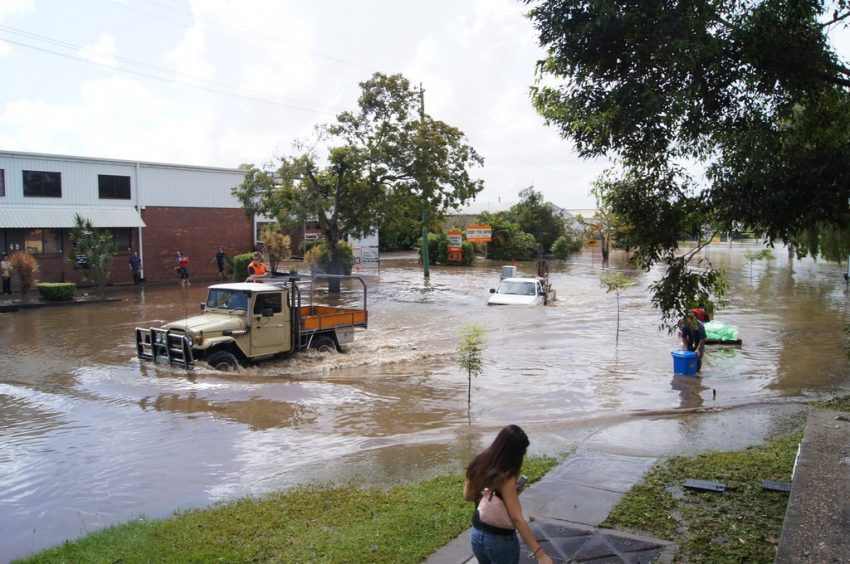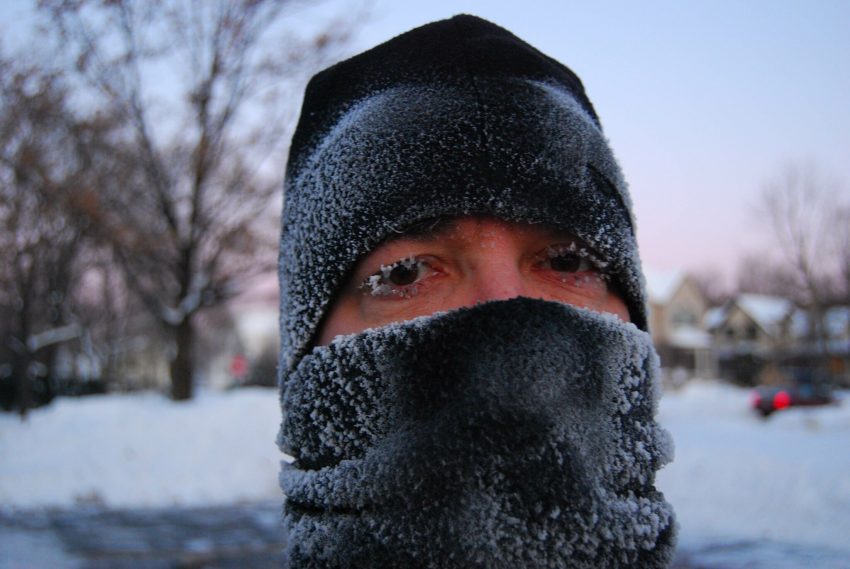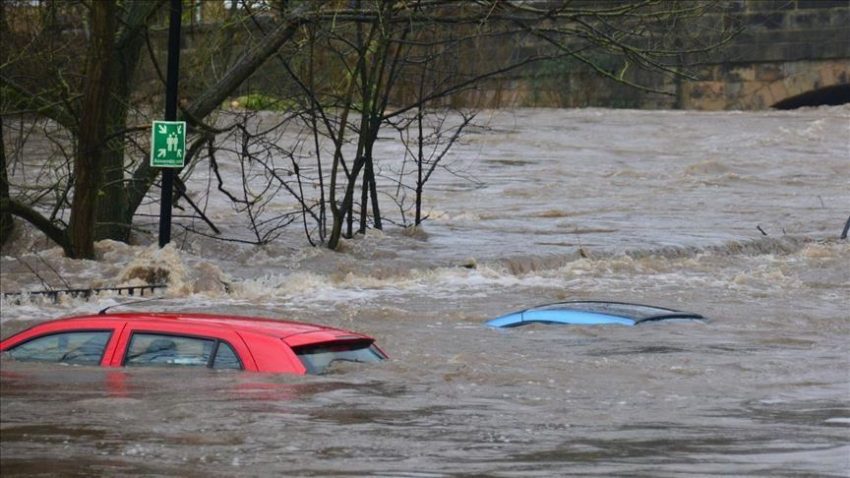Upside-Down USA Weather Pattern: Crippling Ice Storm in the South, Snow Drought in the Northeast
Days of freezing rain and sleet have felled numerous trees and powerlines across the Mid-South. Hundreds of thousands are without power as ice continues to accumulate. Meanwhile, the major cities of the Urban Corridor have gone with little to no measurable snow all winter. Unusually warm weather looks to the be the rule there through at least mid-February.
#icestorm in #Dallas #Texas sent cars sliding all over the road today after #freezingrain made #icyroads. #TxWx #WinterStorm pic.twitter.com/qiJuB5oXRK
— WxChasing- Brandon Clement (@bclemms) January 31, 2023
Stolen from Reddit. Crazy video from last night of power outages in Austin caused by this ice storm pic.twitter.com/ahOcqsQYTB
— Jeremy Hopkins (@jeremythopkins) February 1, 2023
Icy roads have left residents of Dallas, Texas slipping and spinning for the past few days (see video above). Multiple rounds of wintry precipitation have built ice accumulations upwards of 0.5 inch (12.5 mm) in many areas. Icing and gusty winds have snapped many tree branches onto powerlines, resulting in widespread power outages. At one point one-quarter of the city of Austin, Texas was without power (see video above). So far eight fatalities have been blamed on the storm. Conditions should start to improve across the region later on Thursday.
Absolute carnage here off of 620. #atxwx #icestorm pic.twitter.com/ndPctJiiGX
— Harold Kimball maybe. (@kimballharoldf) February 1, 2023
Few residents of the Northeastern US are anxious to see the icy conditions their southern counterparts are struggling with. However, unusually warm weather has limited the snowfall that usually characterizes the winter season. New York City set a record for the latest first measurable snow of the season on Wednesday morning with a paltry 0.4 inches (10 mm). That comes on the heels of the warmest January on record at Central Park. Hartford, CT saw 5.6 inches (14.2 cm) of snow on 11-December and little more than a few dustings since. Boston has totaled only 7.9 inches (20.1 cm) inches of snow so far, less than one-third of the normal tally of 24 inches (61 cm) by 1-February. A brief cold snap this weekend will be snow-free, followed by a return to above-normal temperatures through the middle of the month. Lead photo courtesy Ed Roberts.



